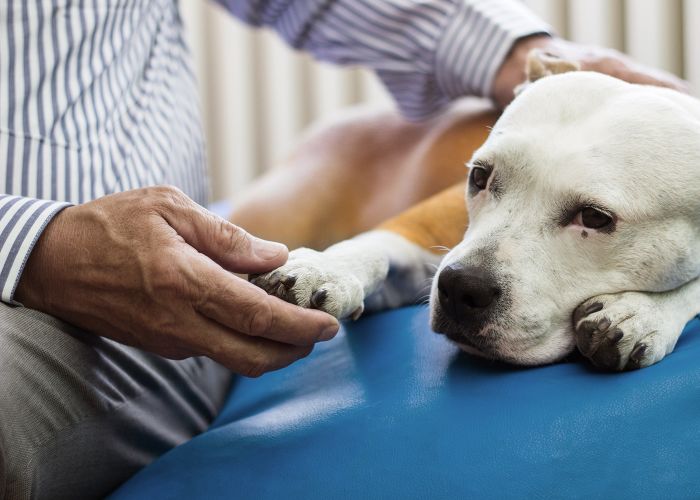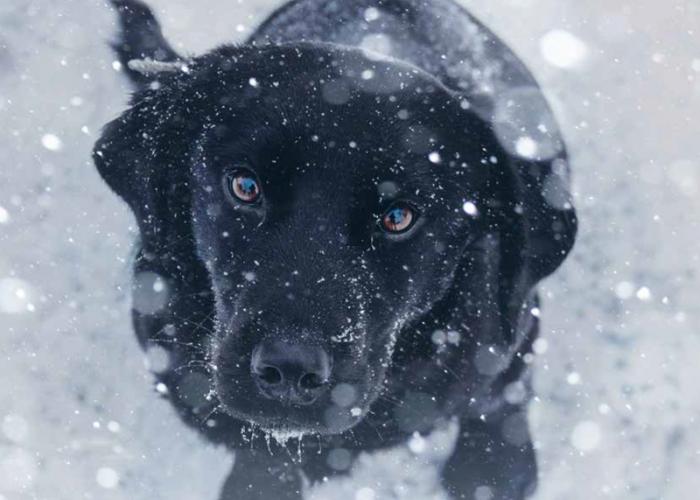Online humane euthanasia training
University of Florida makes comprehensive EBI training accessible nationwide
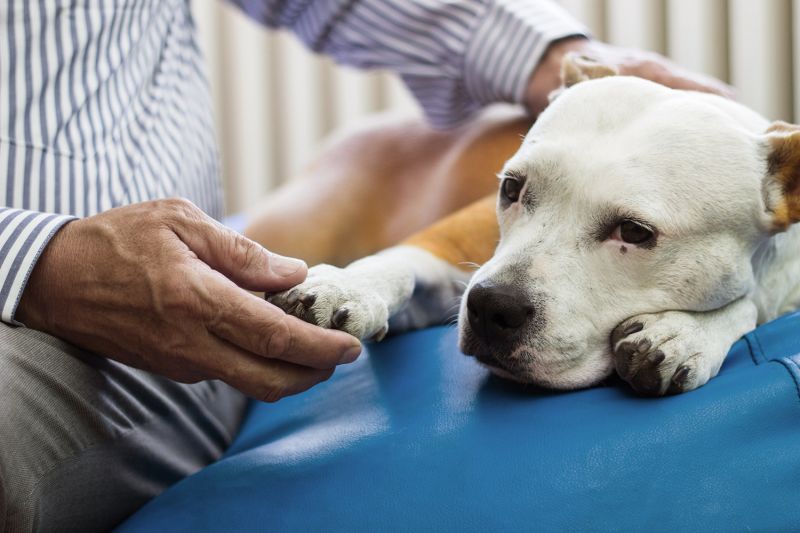
Grateful and proud. That’s how Dr. Cathy Anderson feels to be training people to perform humane euthanasia.
Euthanasia by injection of sodium pentobarbital, which is quick and painless when performed properly, is considered the most humane way to end the life of a pet or shelter animal. “The animal dies without fear and without pain,” Anderson notes, “and that is always our goal.”
But Anderson, a veterinarian who serves as medical director for the Adopt-A-Pet shelter in Fenton, Michigan, says she became a trainer after seeing less-than-ideal euthanasia practices at another shelter where she worked. “Although they were using injectable drugs, it was not humane,” she recalls.
Even worse, some shelters used gas chambers in years past, largely because their staff lacked training to perform euthanasia humanely, says Lindsay Hamrick, director of shelter outreach and engagement for the Humane Society of the United States.
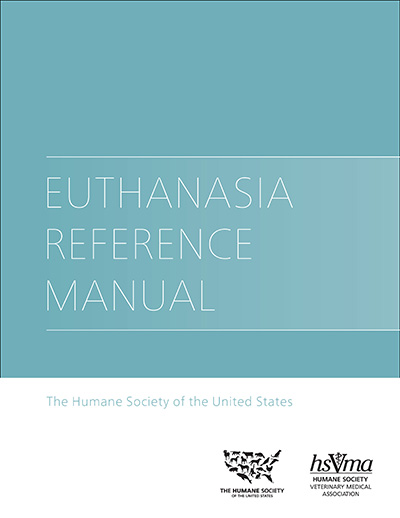
To help combat that situation, the HSUS created its Euthanasia Reference Manual in the early 2000s. Since then, lobbying efforts by national and local animal organizations, including the HSUS, and expanded training in EBI have driven the gas chamber to the brink of extinction (only Missouri and Wyoming are now known to have active chambers for domestic animals).
The manual still serves as the euthanasia guidebook for many shelters throughout the U.S., and the HSUS has long licensed trainers around the country to teach the course curriculum from its manual. “For many years, the HSUS was the place that people came to when looking for a qualified trainer,” Hamrick says.
Anderson has been one of those licensed trainers since 2014, focusing on Michigan but providing trainings to people around the U.S. Her students are mainly shelter workers, along with veterinary technicians and some veterinarians. She earned a master’s degree in shelter medicine from the University of Florida in 2017 and eventually was invited to teach a course in humane euthanasia at the university.
Since then, she’s worked with other University of Florida faculty to update and expand the college’s online EBI program, which is available nationwide and provides the knowledge and clinical skills that students need to seek licensure to become certified euthanasia technicians for animal shelters. She describes the effort as a strenuous labor of love, adding that, “We needed to come up with something that was on-demand and where we could reach people all over the country.”
The HSUS plans to sunset its trainer licensing program at the end of 2023 and has endorsed the University of Florida course, offering scholarships to help students pay for it. Many of the previously licensed trainers are expected to continue training on their own, and the HSUS also plans to help the university work with states other than Florida to recognize its online training.
Each state determines who can perform euthanasia and establishes training requirements. Currently, Florida and about nine other states have approved the university’s program for certification. Hamrick says that by publicly endorsing the University of Florida program, the HSUS is signaling to state agencies that the university’s program meets and even exceeds the training criteria used for years by HSUS-licensed trainers, so agencies should accept it.
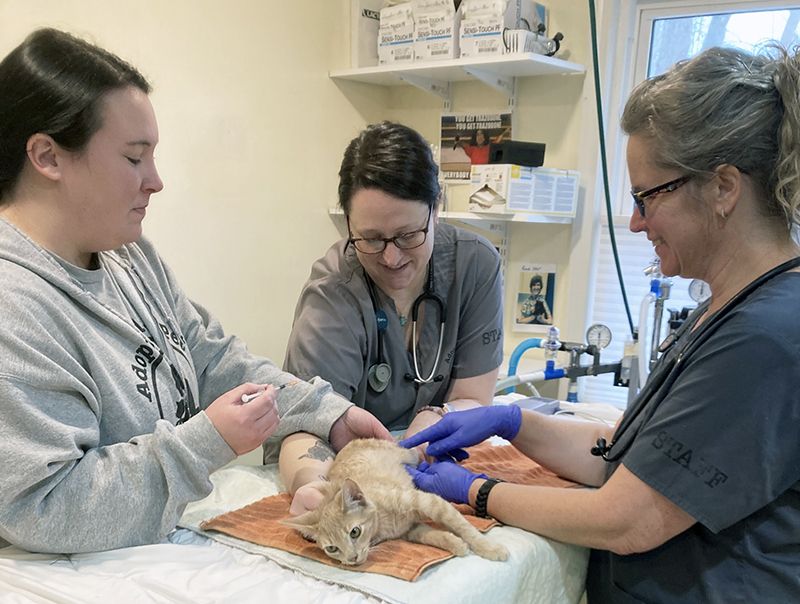
As the University of Florida works to get more states to approve its program, Hamrick says, “Virtual training can improve access to professional development—so many rural agencies and others cannot afford or access in-person trainings.”
The training process
Anderson says she and her fellow trainers want euthanasia to be seen as a process rather than a single event. The decision to euthanize an animal starts a series of steps that includes confirming that you have the right animal, setting up the euthanasia room, administering pre-euthanasia drugs, the euthanasia itself, confirmation of death, and then handling the body appropriately and with respect. “We’re upping the ante for the shelter world,” Anderson says, “and I think that’s a good thing.”
The University of Florida’s program contains two parts. The online lecture portion covers the basics of the euthanasia process, including needle handling, humane animal handling and restraint, euthanasia of species other than dogs and cats, setting up the euthanasia room, human safety, how pre-euthanasia and euthanasia drugs work, injection routes, verification of death, body disposal, euthanasia technician stress management, federal and state laws, and record-keeping.
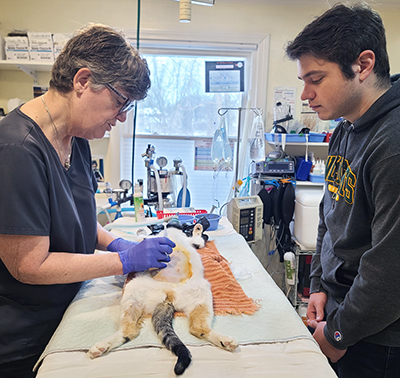
For the hands-on portion of the program, students work with a mentor in their facility or one nearby (a veterinarian, a certified euthanasia technician or a credentialed veterinary technician) to demonstrate clinical skills such as low-stress handling of animals, calculating drug dosages and giving injections. A veterinarian licensed in the state where the trainee plans to work must see the competency performed and sign off on the process, Anderson explains. After working with their mentors to develop competence on a checklist of skills, the students make videos of themselves in action and submit them to the university for further analysis of their skill set.
If a video reveals that a student lacks a skill, the instructor sends it back with constructive criticism, and the student gets to try again. “We’re not trying to weed people out,” Anderson says. “This is not about failure; this is about success and having people feel competent and proficient.”
Upon completion of the program, students receive a certificate that says they’ve been trained in euthanasia, and typically they register that certificate with the appropriate state agency in their home state.
“We don’t always like talking about the need for euthanasia, but animal shelters are a safety net for all kinds of animals, including those who are suffering from behavioral and medical challenges with no hope of recovery,” Hamrick says. “Ensuring that shelter staff have the tools and education they need to humanely euthanize an animal who is suffering helps the animals in need and the individuals who are tasked with one of the hardest aspects of animal sheltering.”
Anderson sees the University of Florida program as an update of the solid framework provided by the HSUS curriculum. “I’m very proud of what we’ve done with this course and very pleased to have been part of HSUS’s trainer base,” Anderson says. “We can all make a difference in a little place, right? And this is where I’m making mine.”



